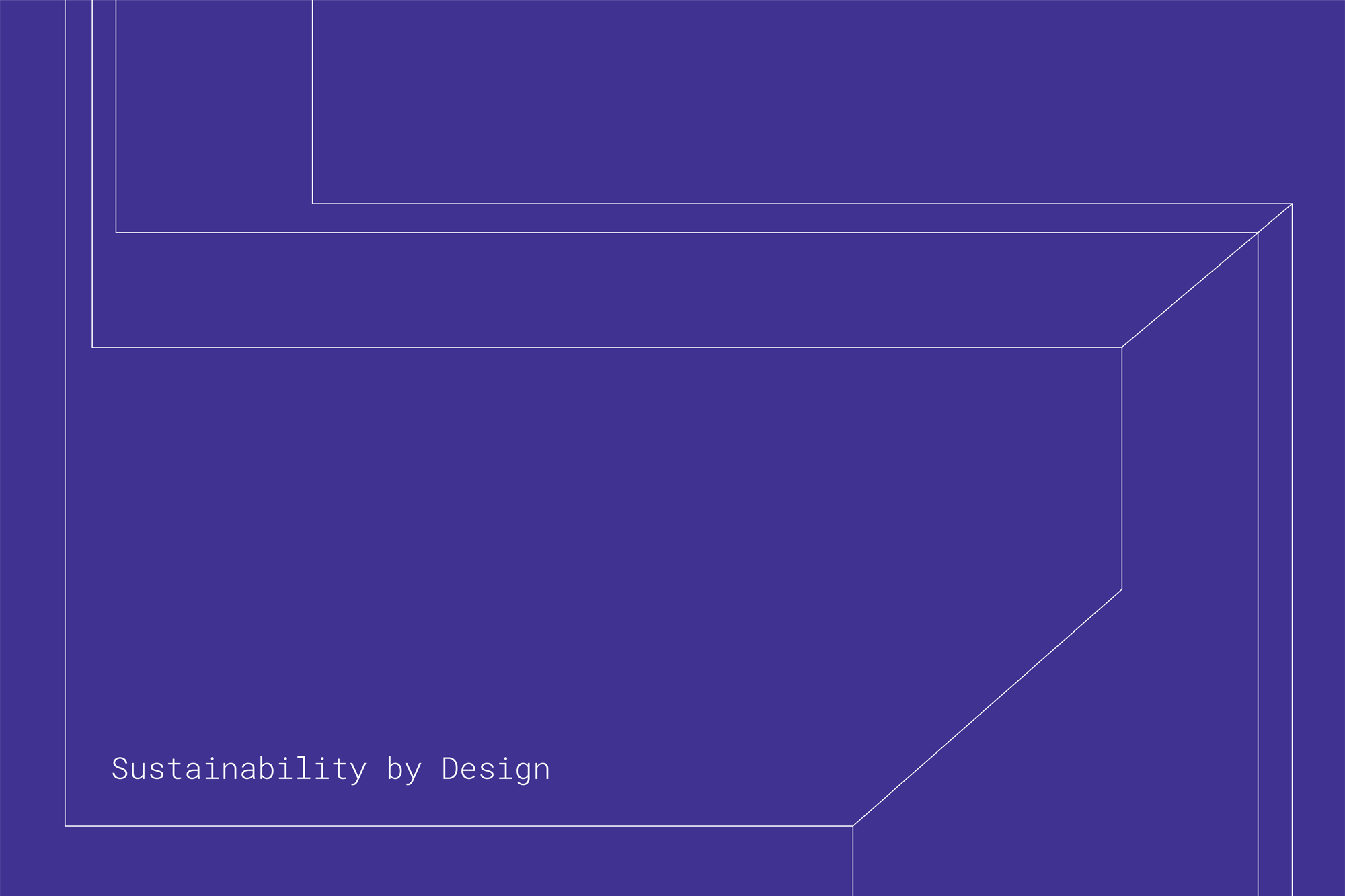We must examine what each of us can contribute from our own specific role in society. We must ask the question, ‘What can I do as a professor, contraction worker, taxi driver, or school teacher? What is the impact of my work on the environment? —Victor Papanek
The 100 Archive is, among other things, a forum for ideas and activity exploring what is happening in design now and what may happen in the future. Through interviews, articles and events, this has been fundamental to building engagement with our audience. But if we are to continue our discourse about the future of design, we must address the climate crisis and our community’s collective response. This is why we are delighted to announce an ongoing series of articles called Sustainability by Design.
By commissioning the series, the 100 Archive is formally acknowledging the climate and biodiversity crisis—this is an essential first step. Secondly, we see this as an opportunity to start an open, honest conversation about sustainability and design. We believe the Archive has a crucial role in facilitating this conversation—sharing ideas, informing ourselves and implementing change.
As Victor Papanek suggests, everyone in society has a role to play regardless of occupation. But designers are in a unique position—we can do more than most—we can affect change through our work. We can design our products more carefully—consider the materials we use, the manufacturing processes, how we print, who hosts our websites. We can streamline our code, images and video to conserve energy. We can build sustainability into brand strategy and use it as a point of difference. We can say no to greenwashing and clients that don’t align with our values. We can ensure the message of climate change is communicated in a clear and objective way. We can do all this and more.
Our ambition for the series is to introduce new ideas, provide resources to learn more and present ways in which we can implement change in our day-to-day practice. In our first set of articles, Kevin Horan discusses sustainable digital design and embodied carbon, next Lisa Zimmerman talks about designers taking ownership of their products, cross-sectoral collaboration and eco-anxiety, and finally, Ruza Leko investigates the complexities of designing sustainably for organisations within the cultural sector.
We hope to start a national conversation about design and sustainability—discussing new ideas and sharing knowledge. So if you’ve recently started to think about sustainability at your studio, implemented new practices, or collaborated with interesting clients in this space, please get in touch—we’d love to share your story.
